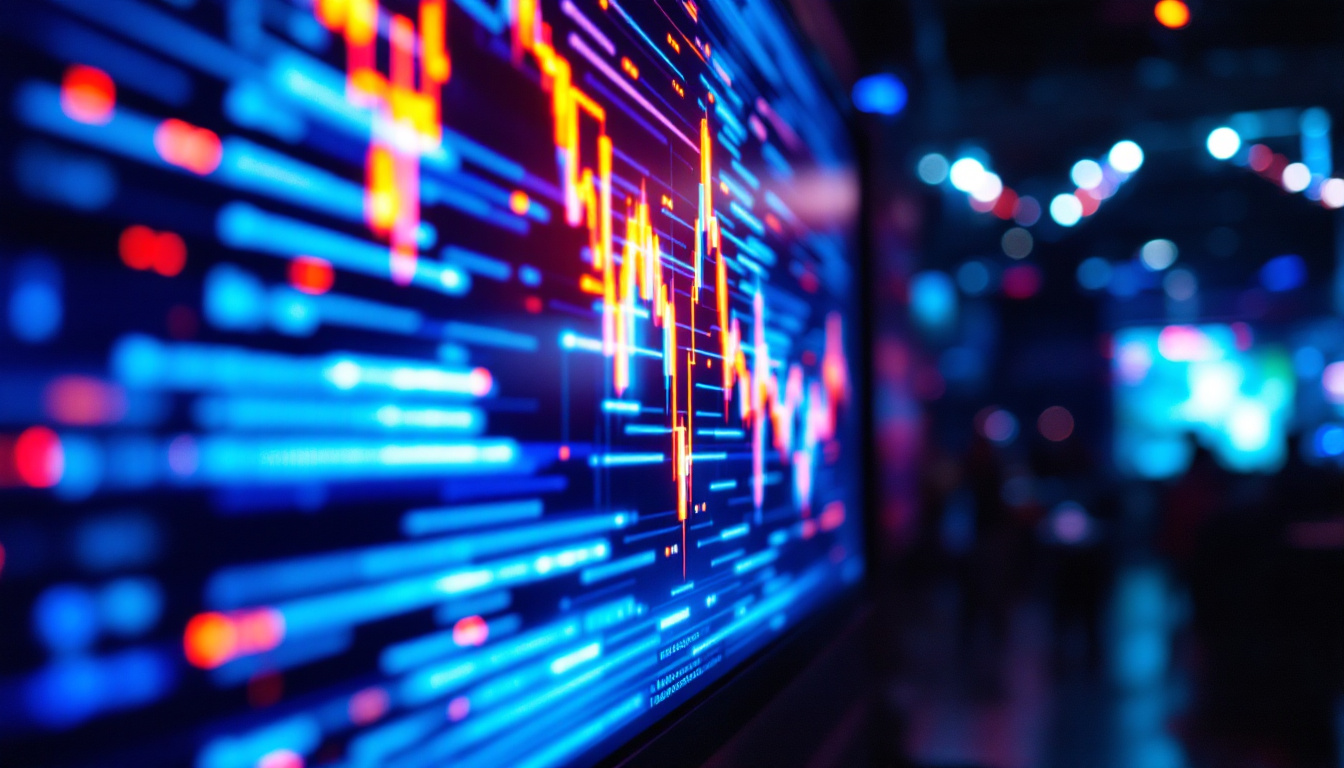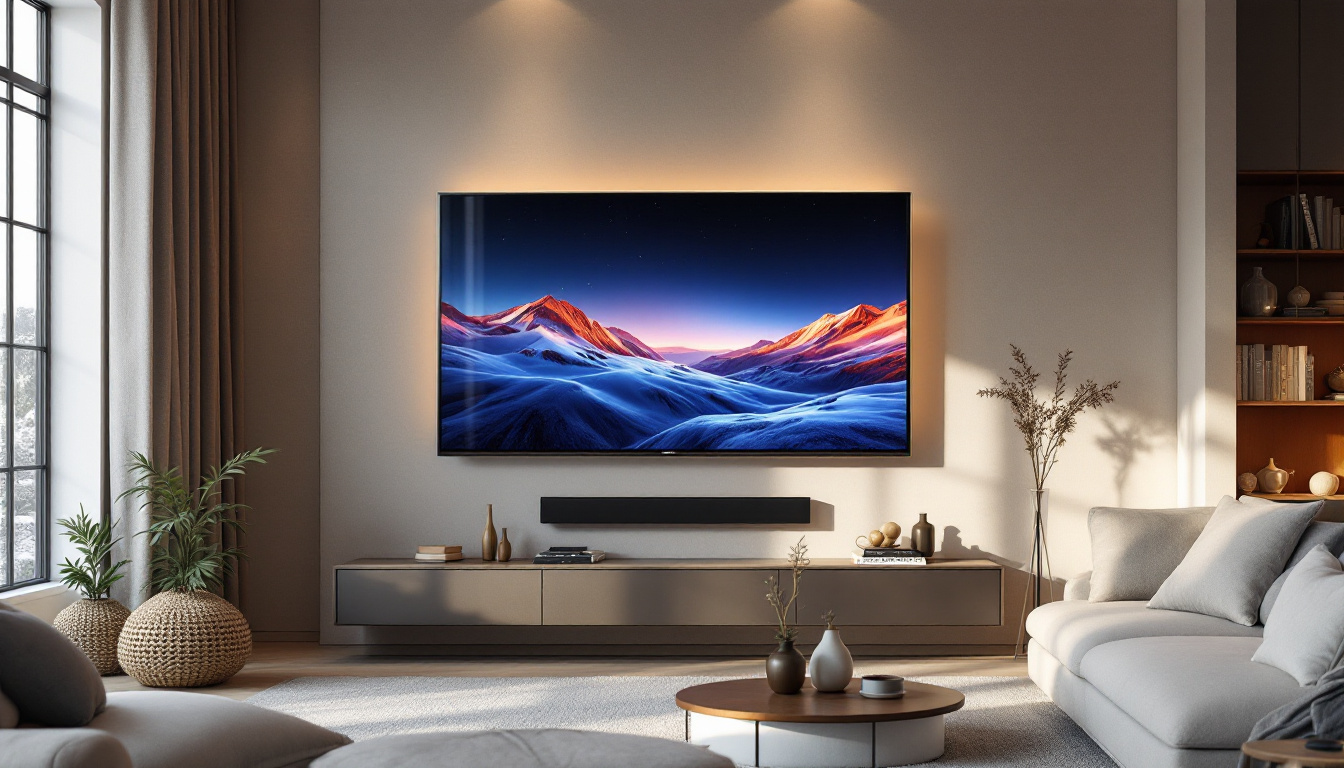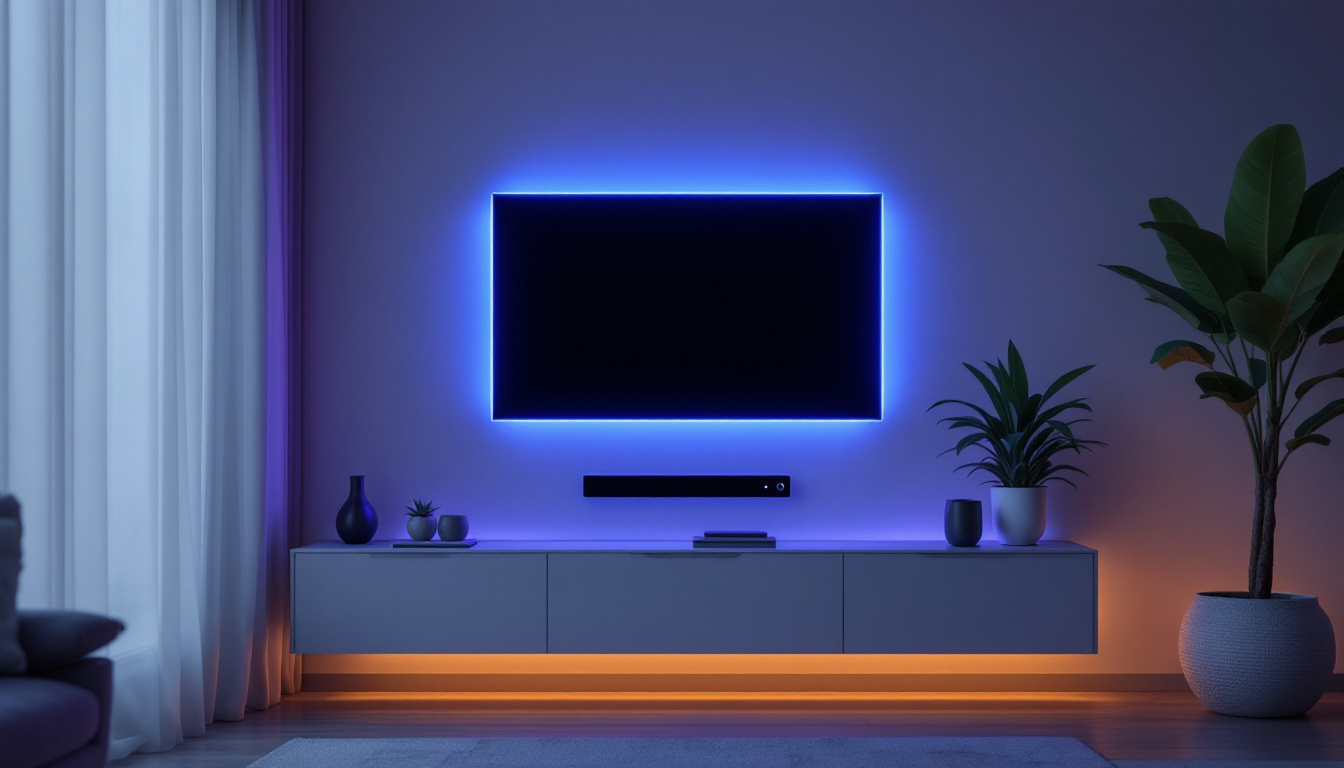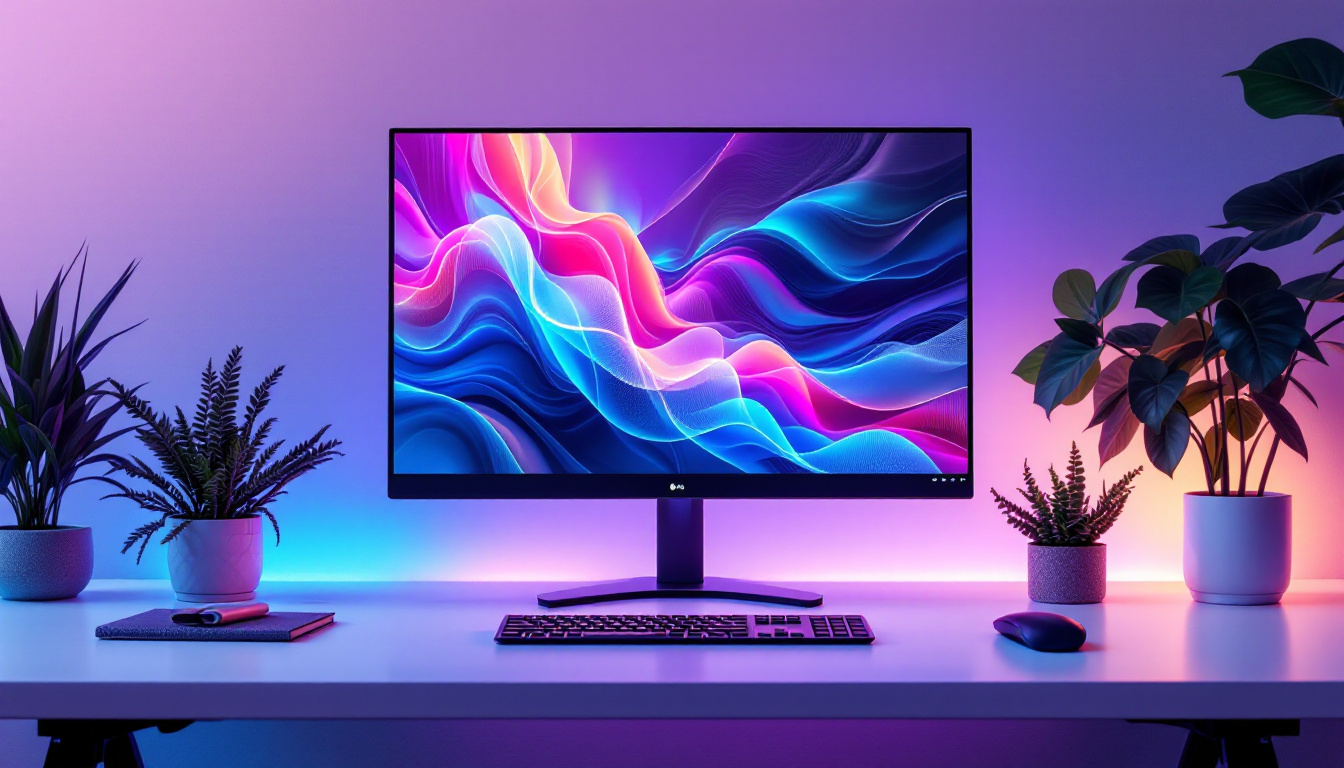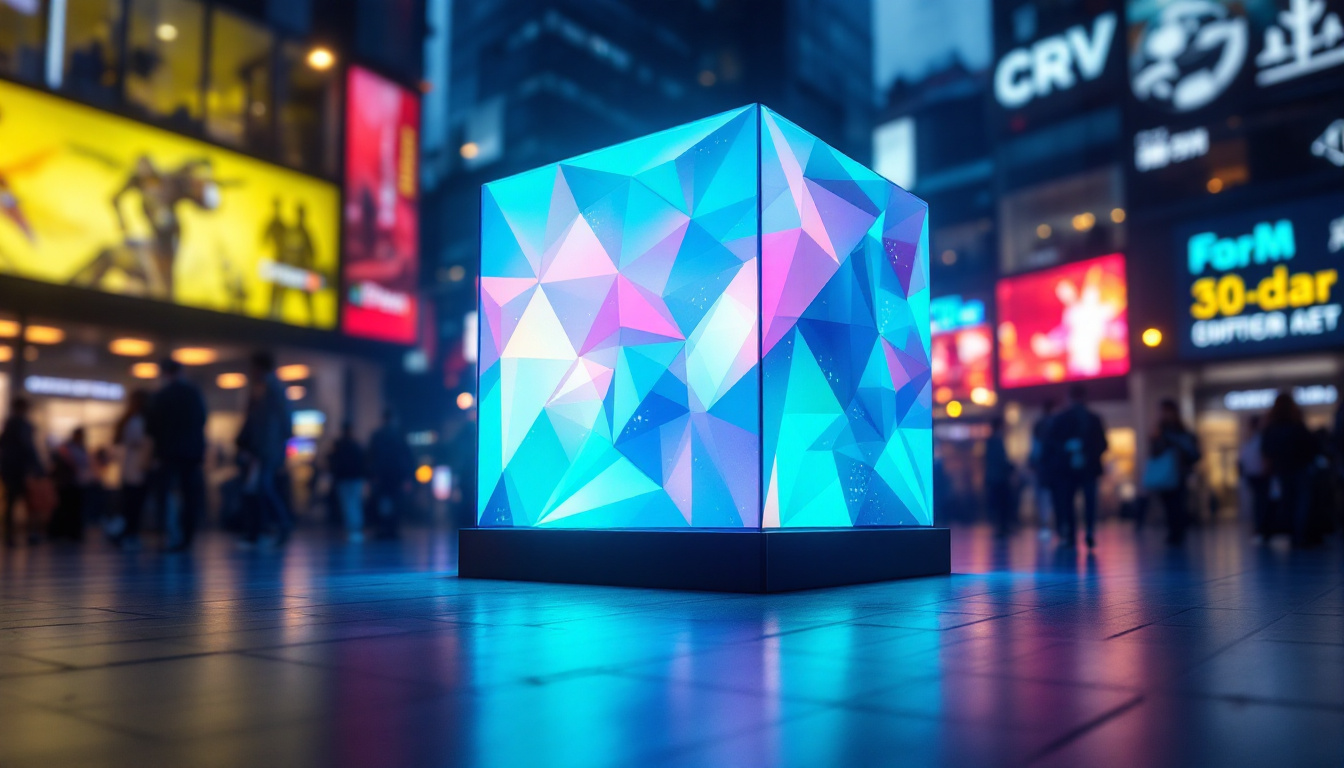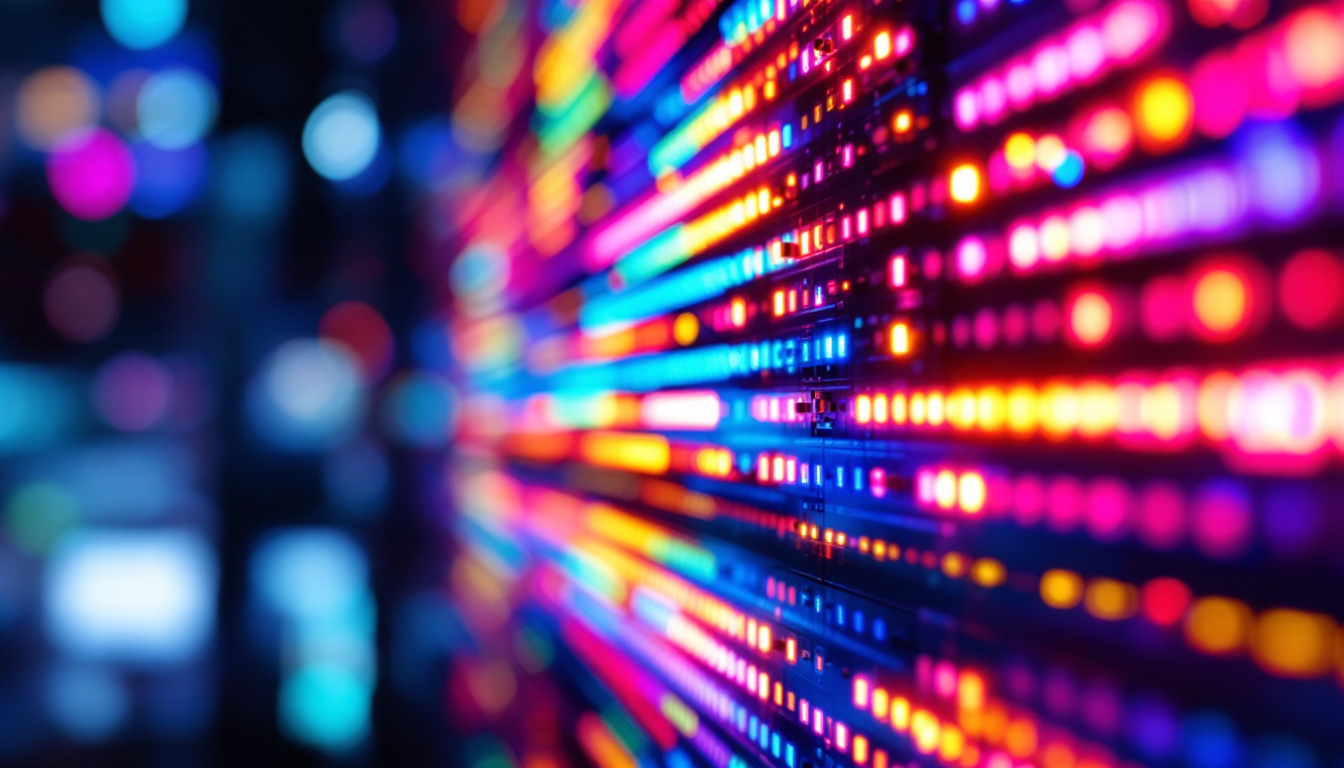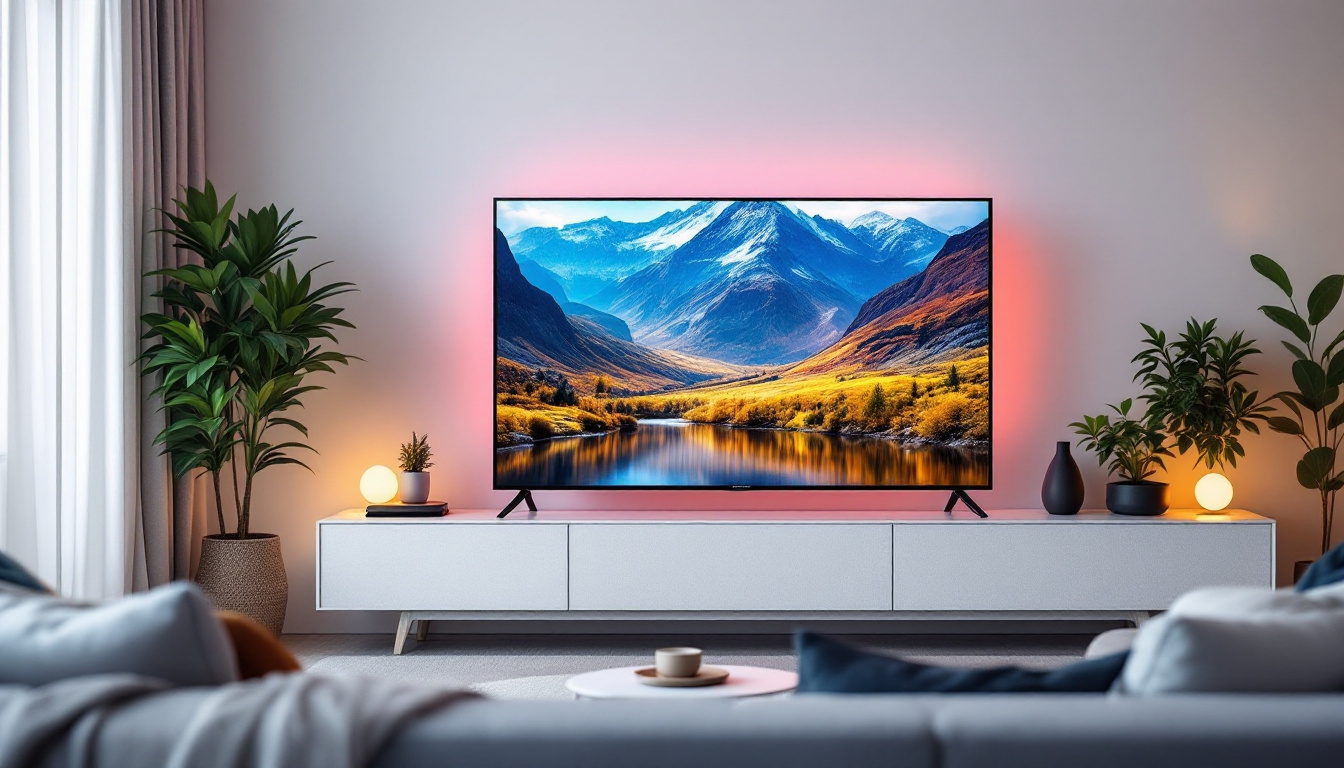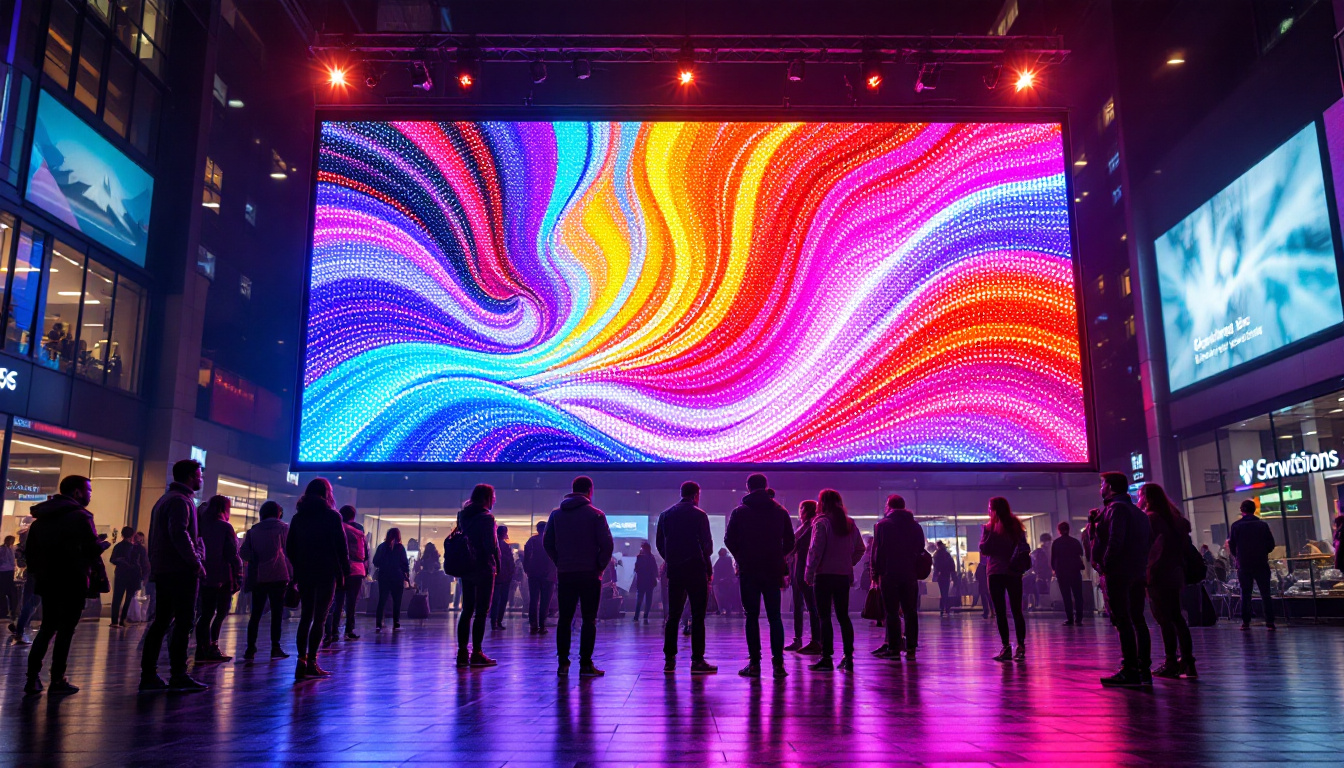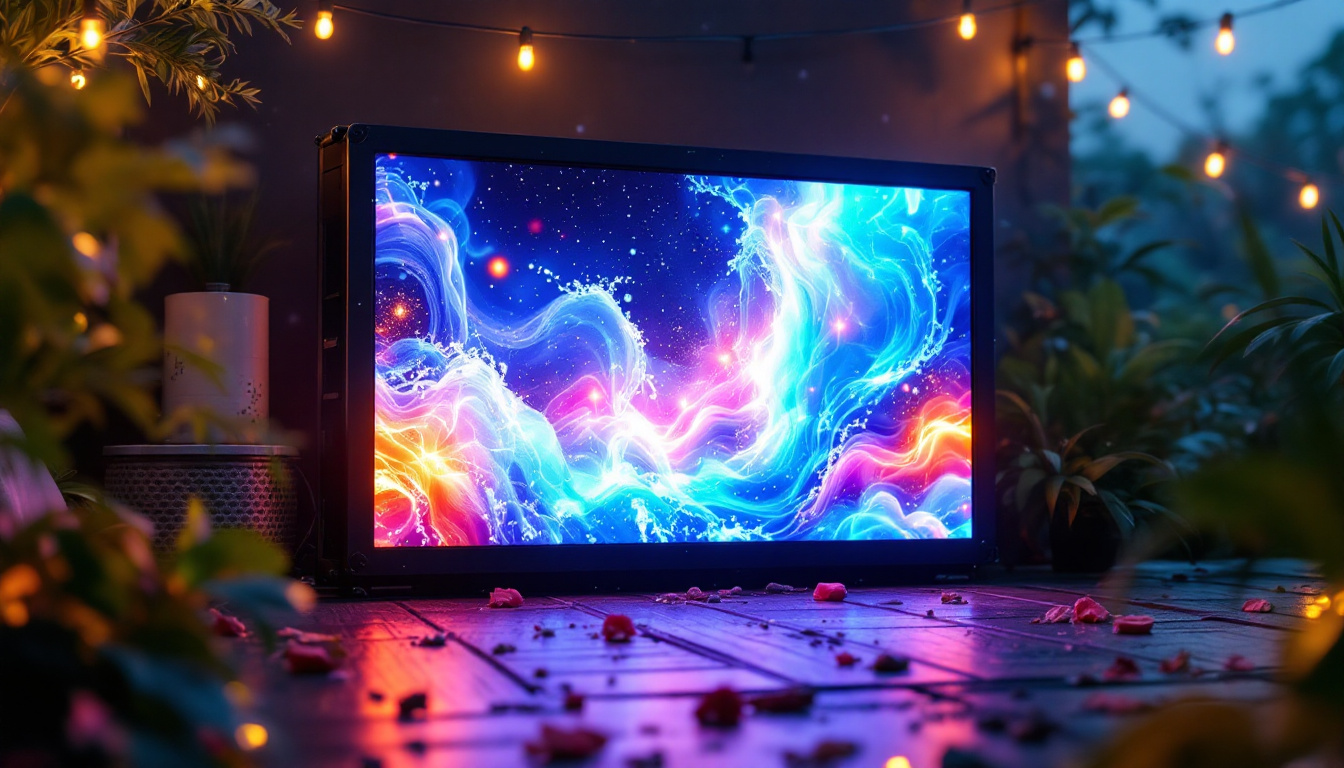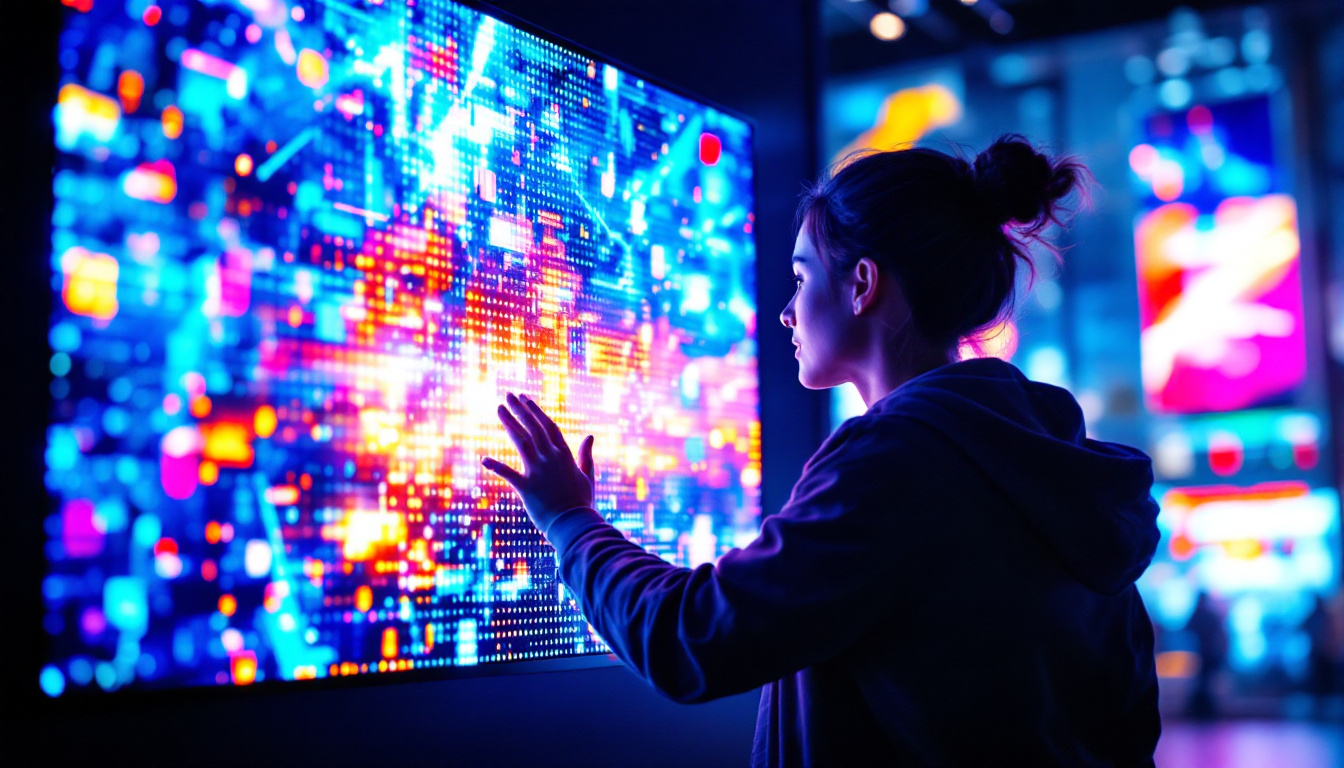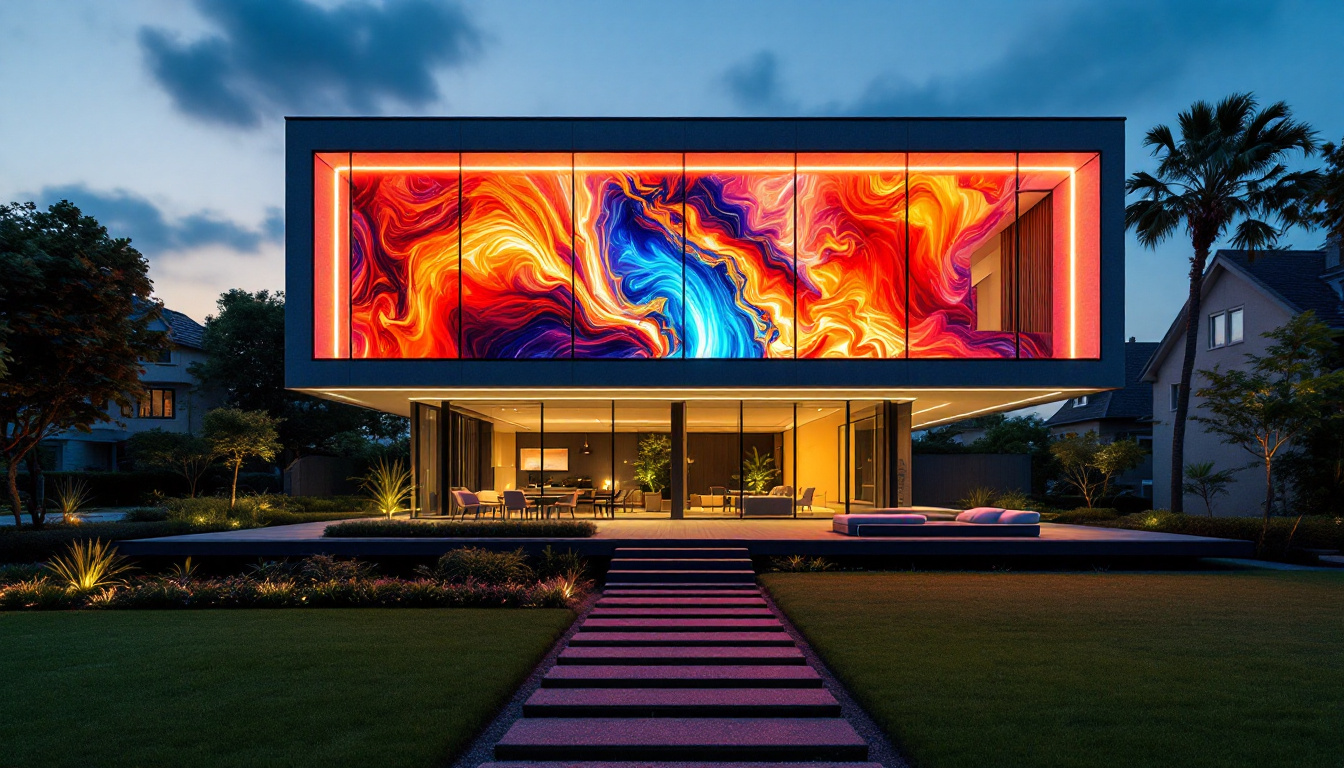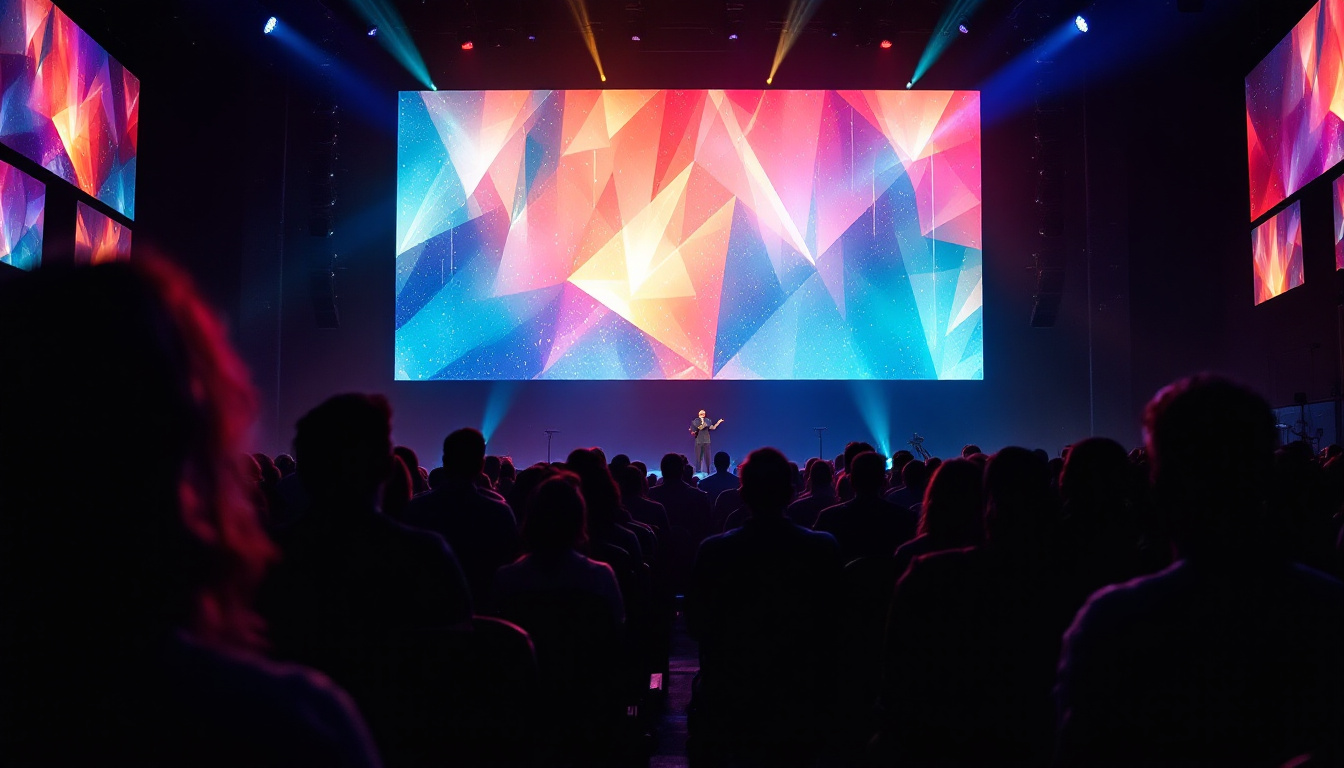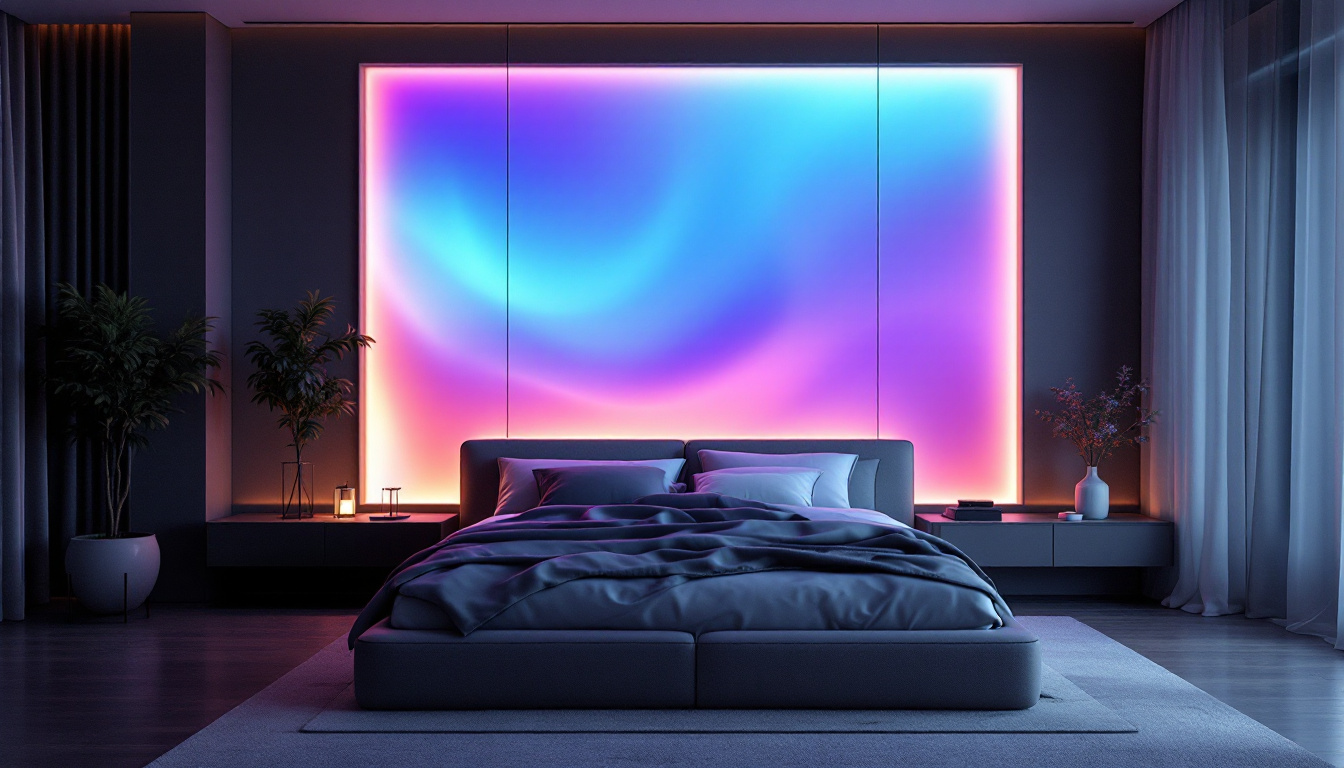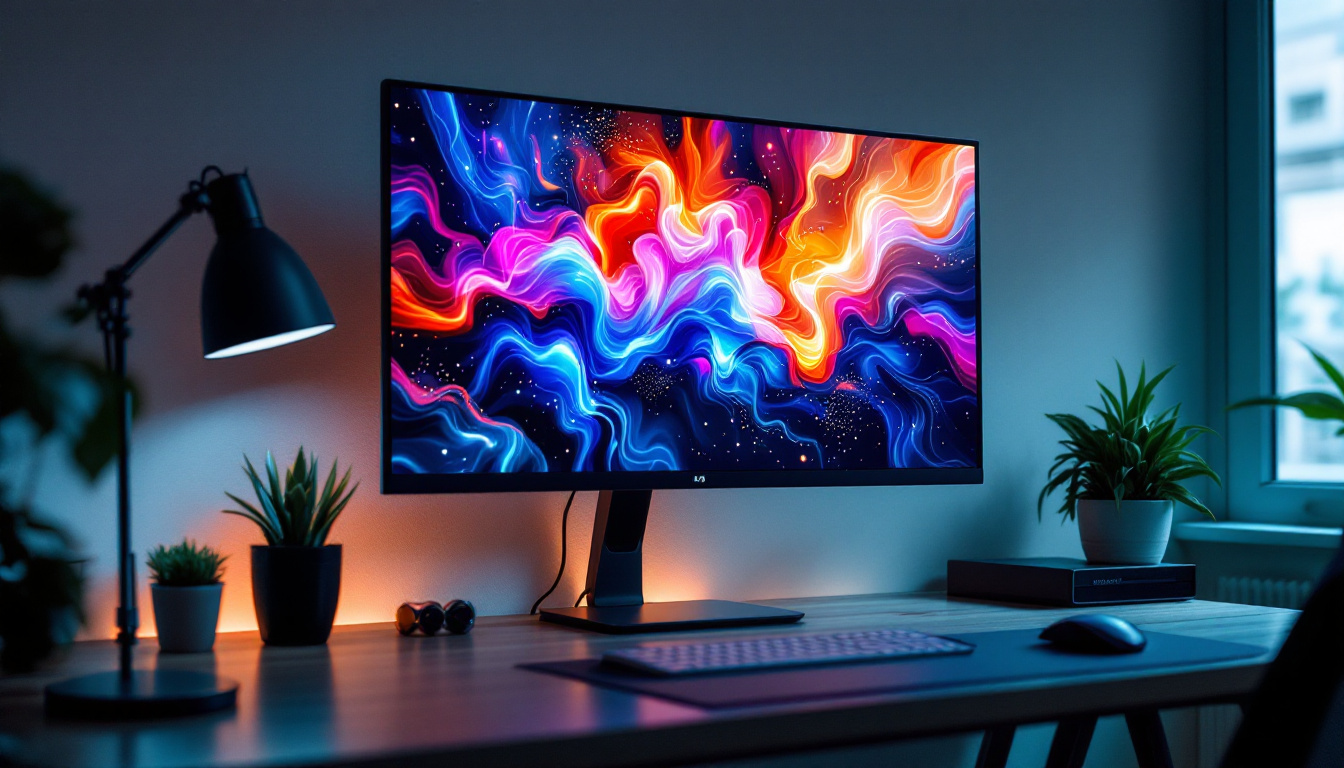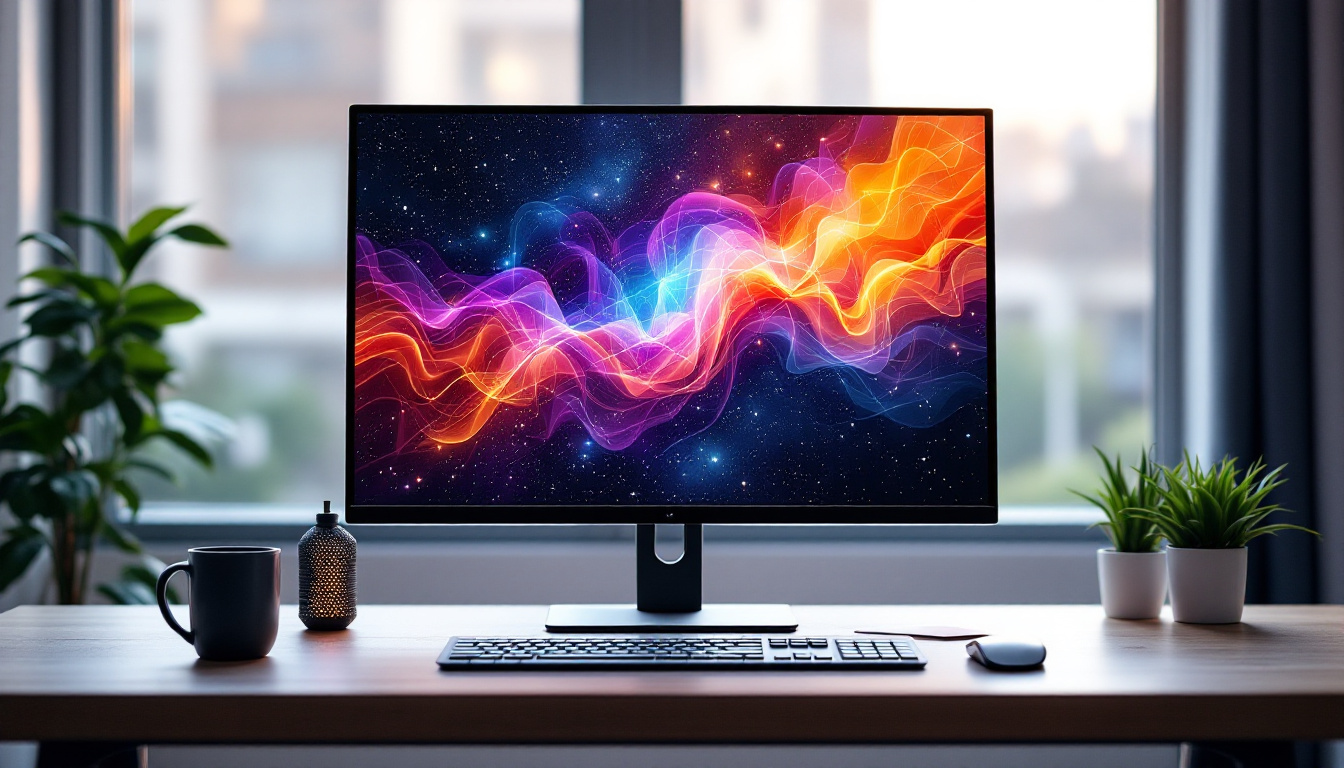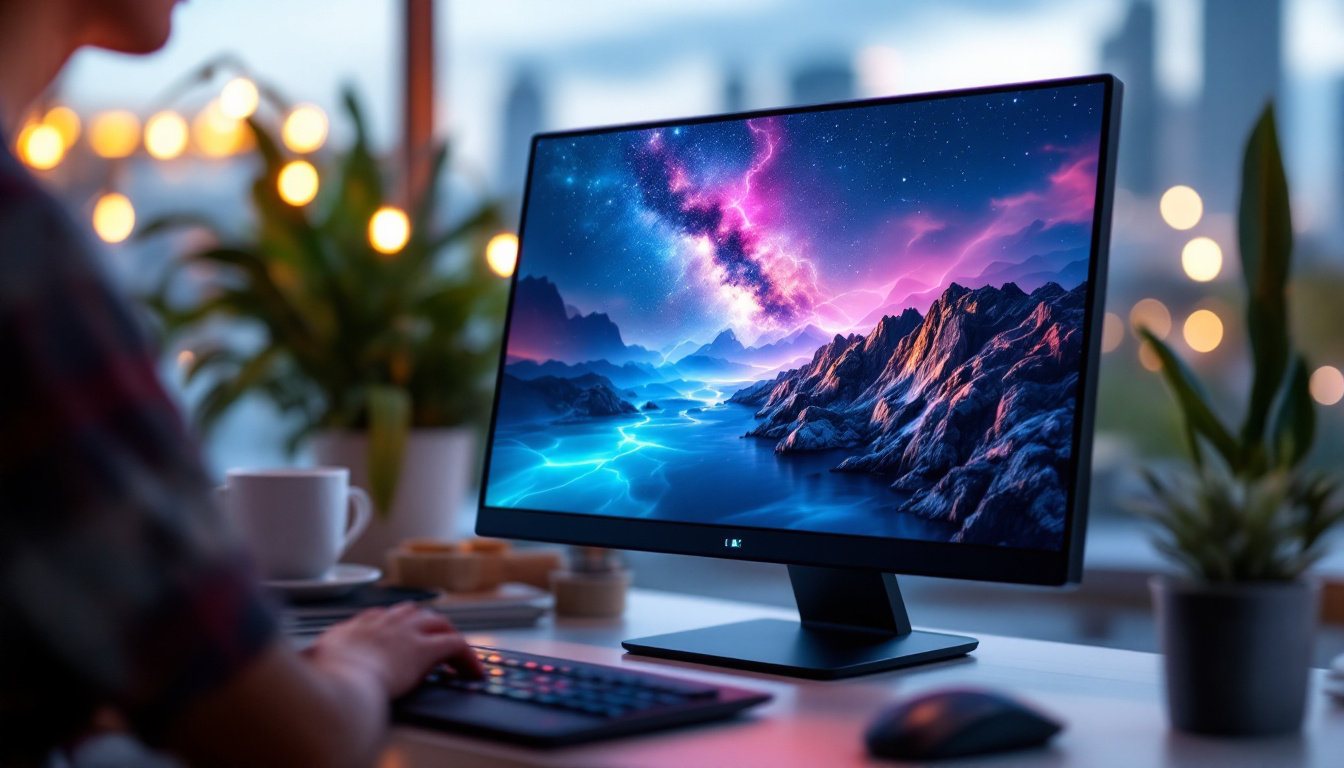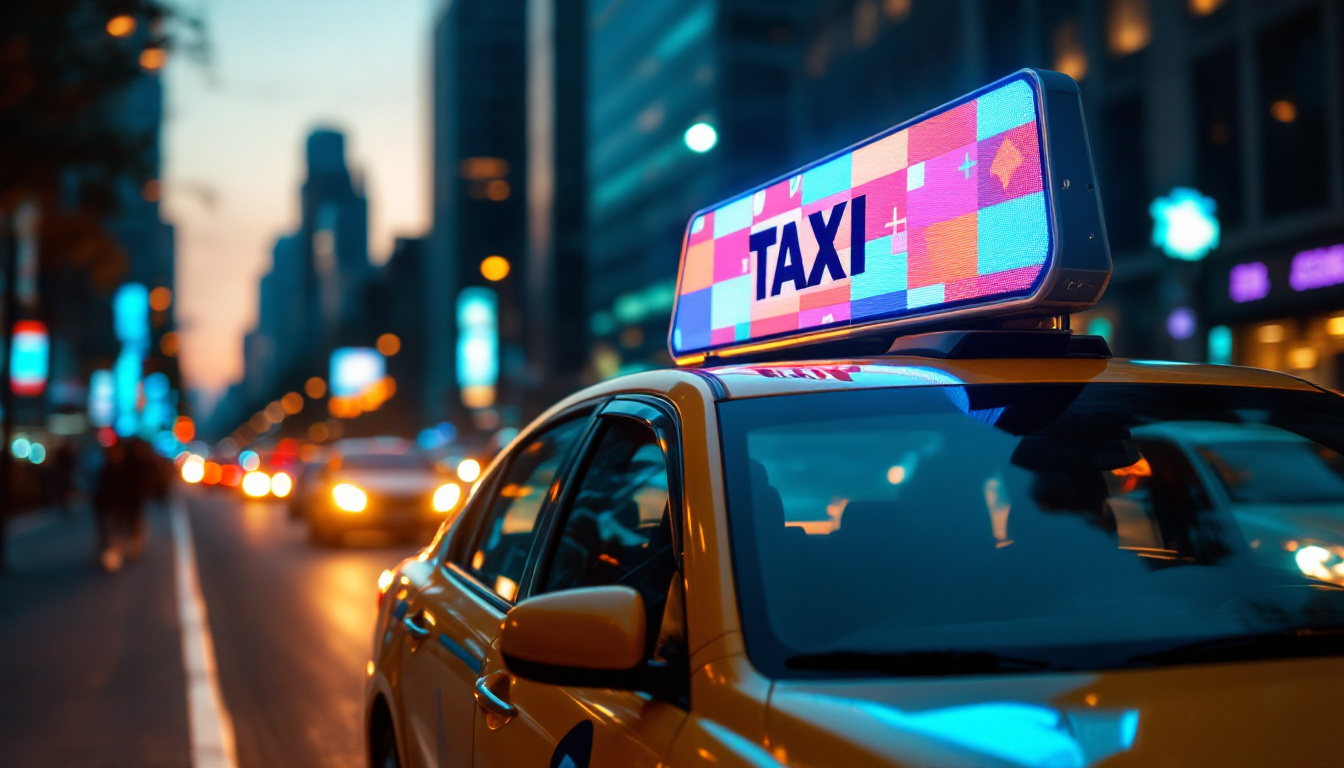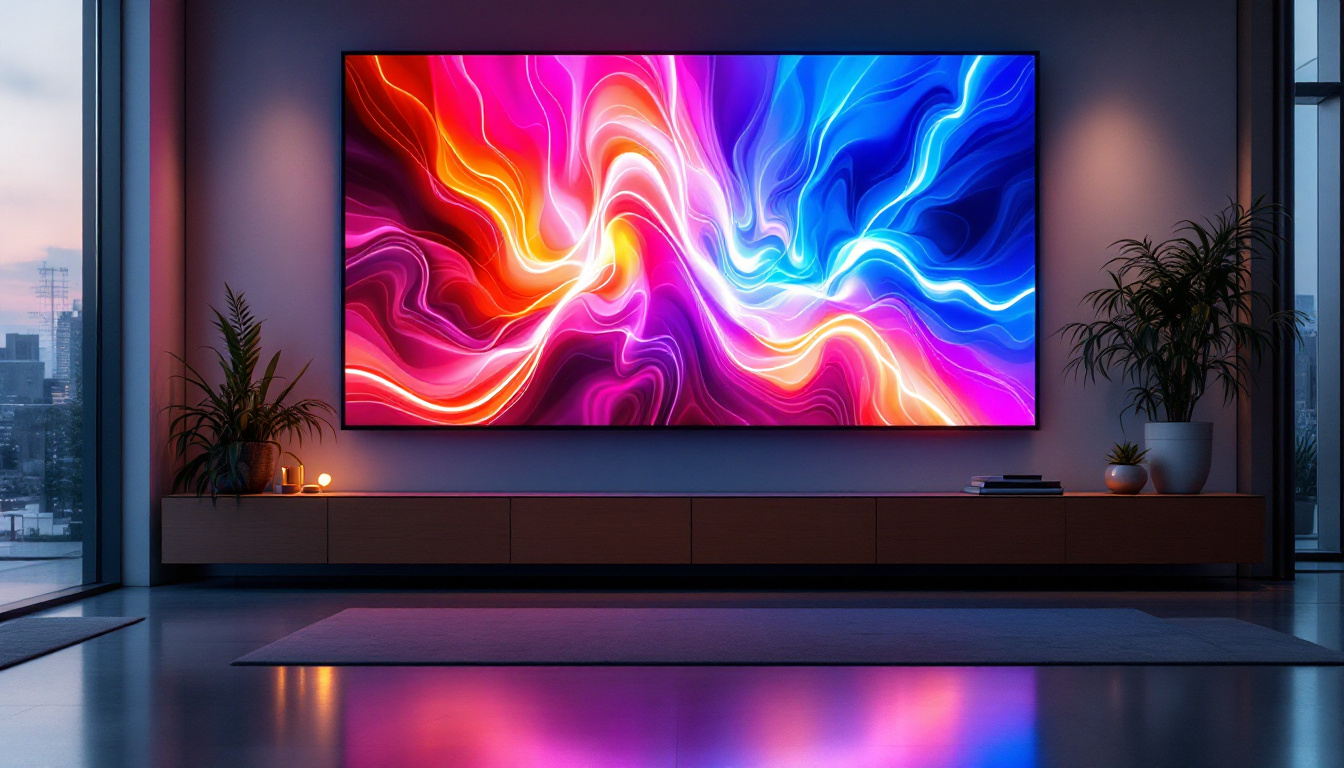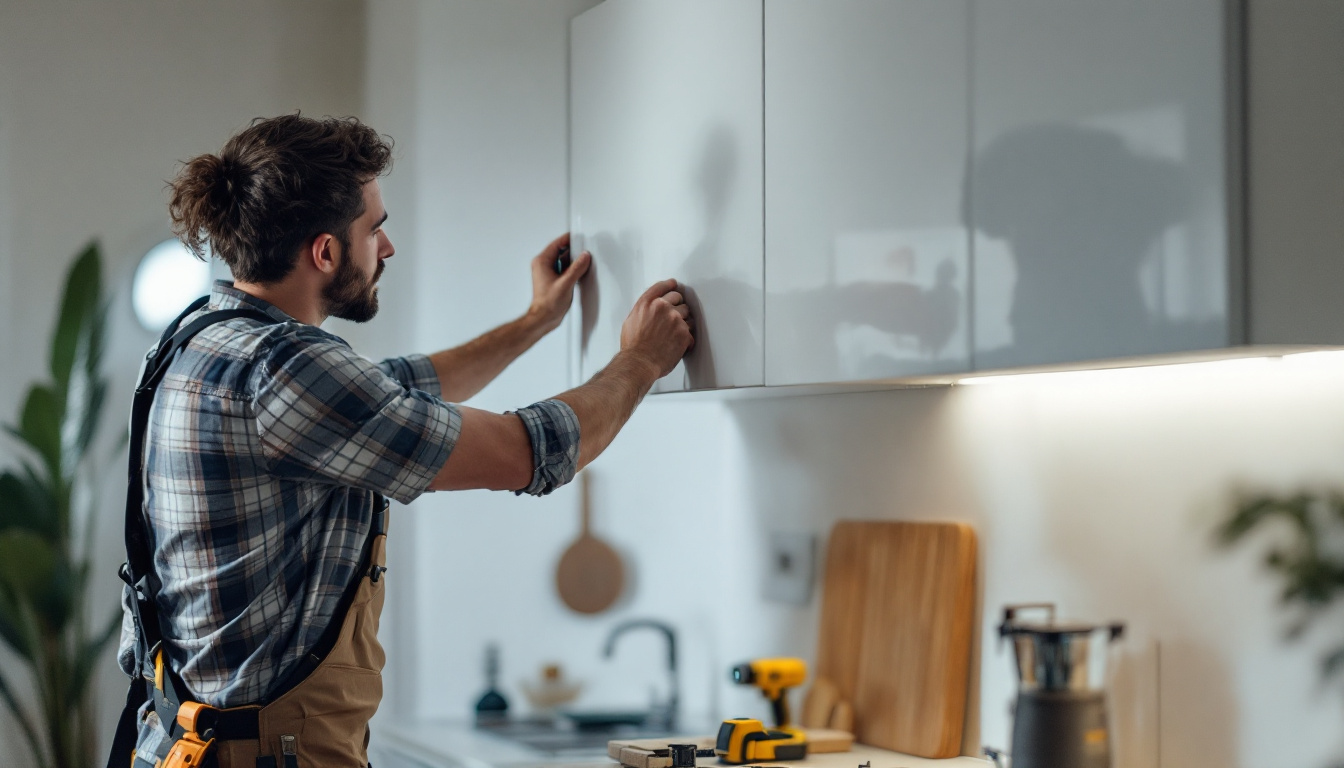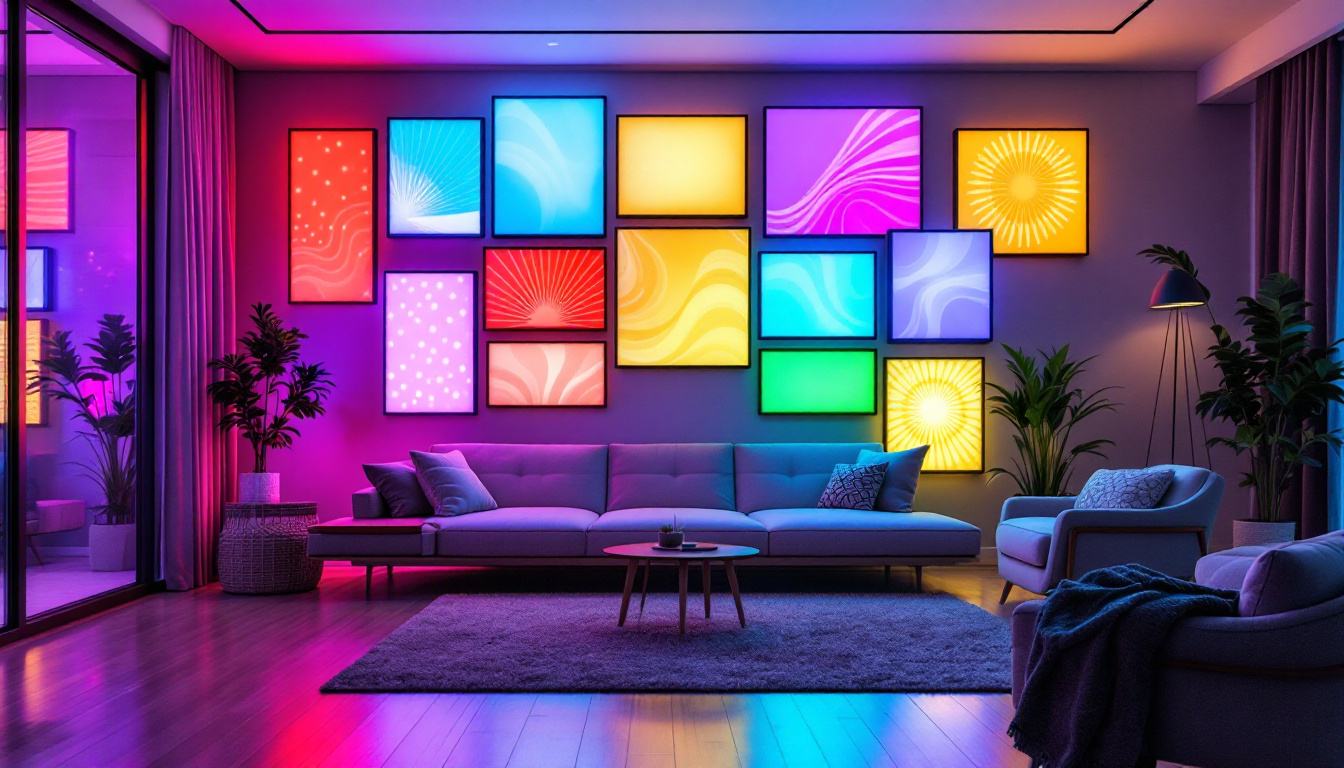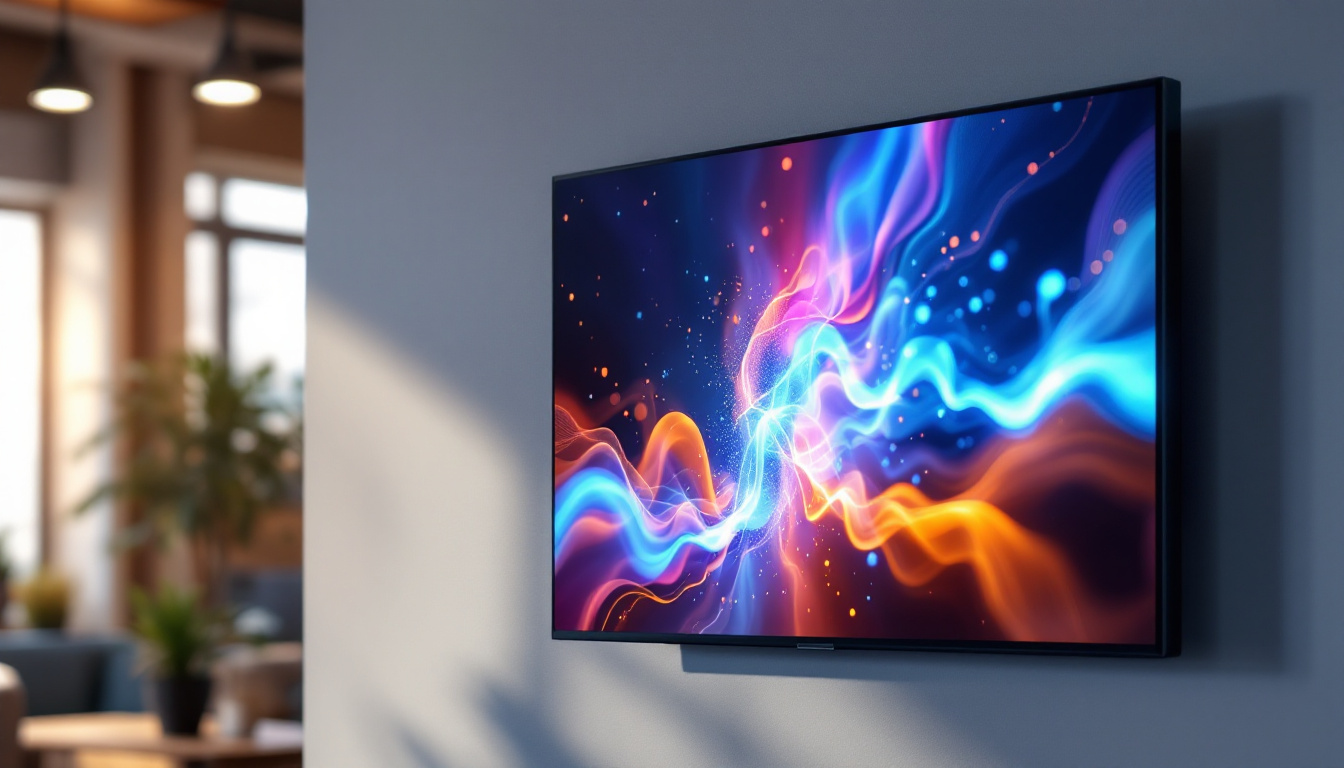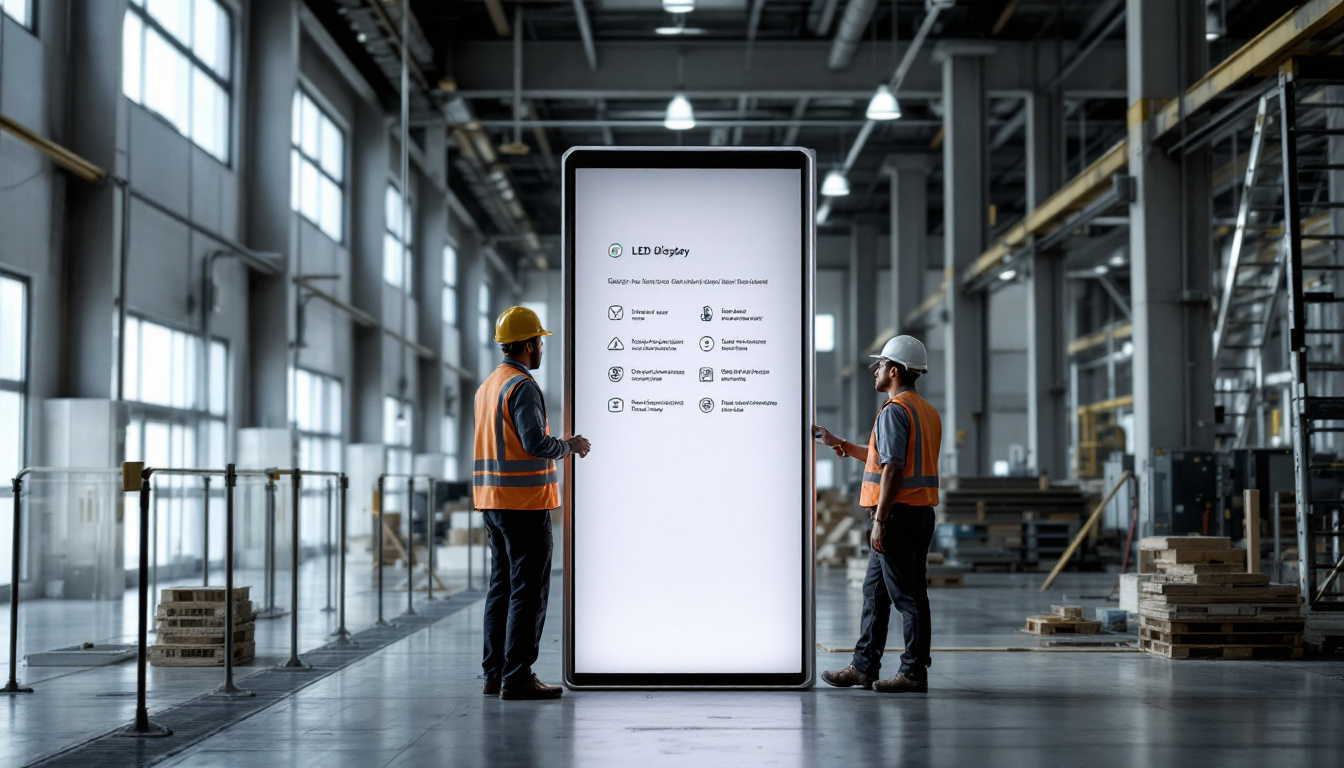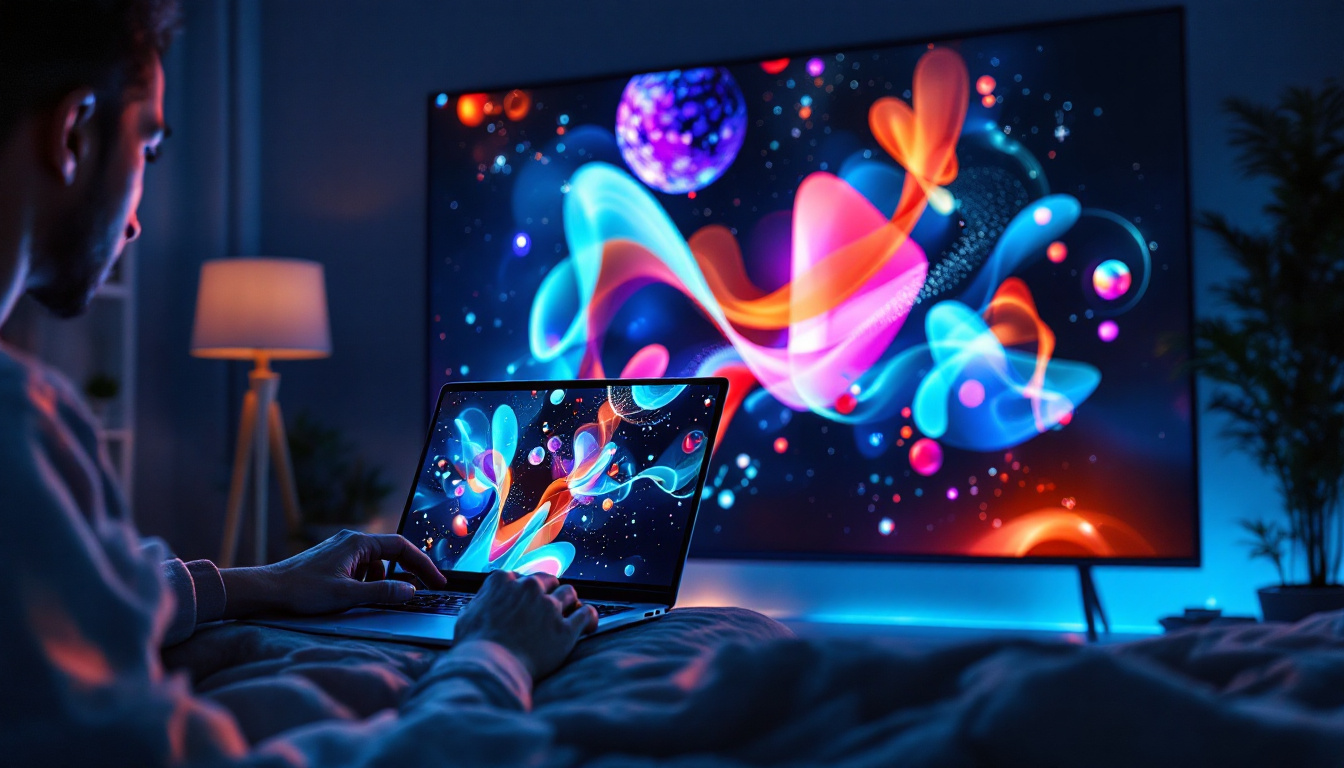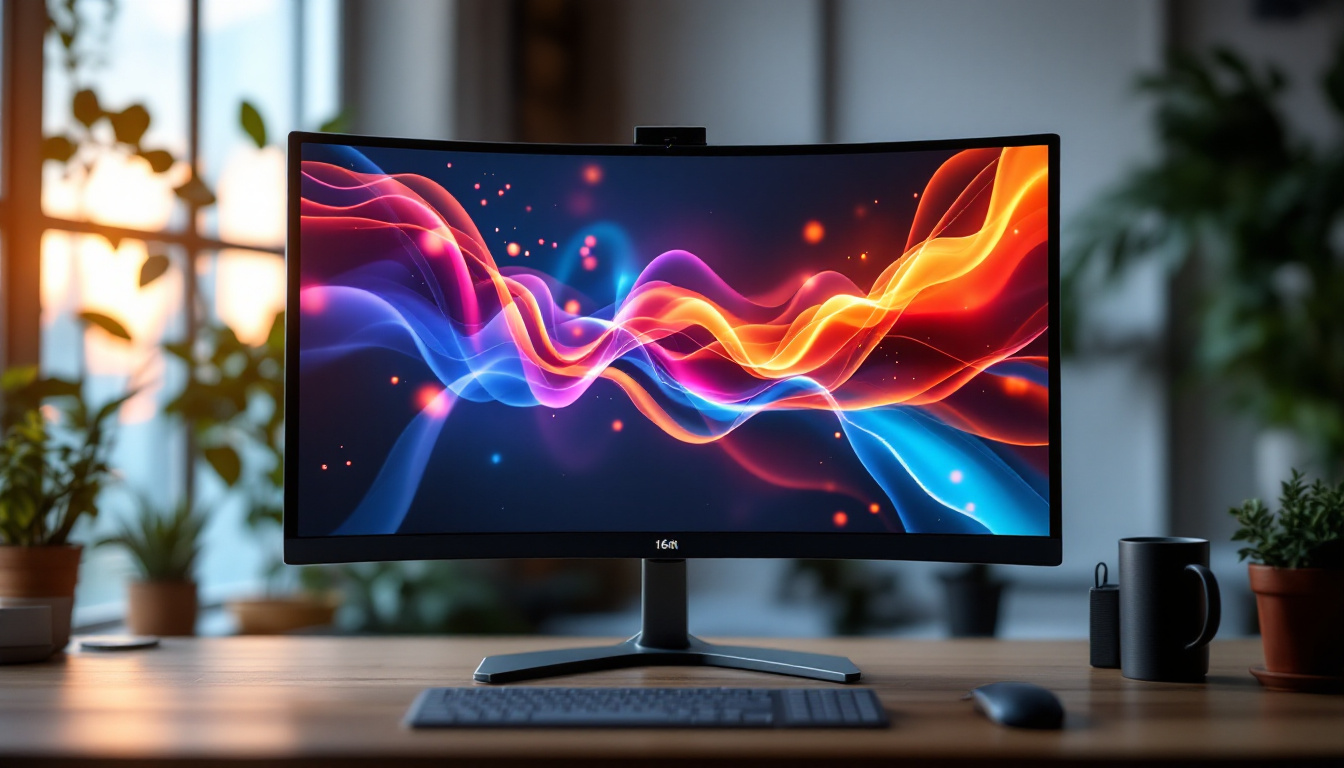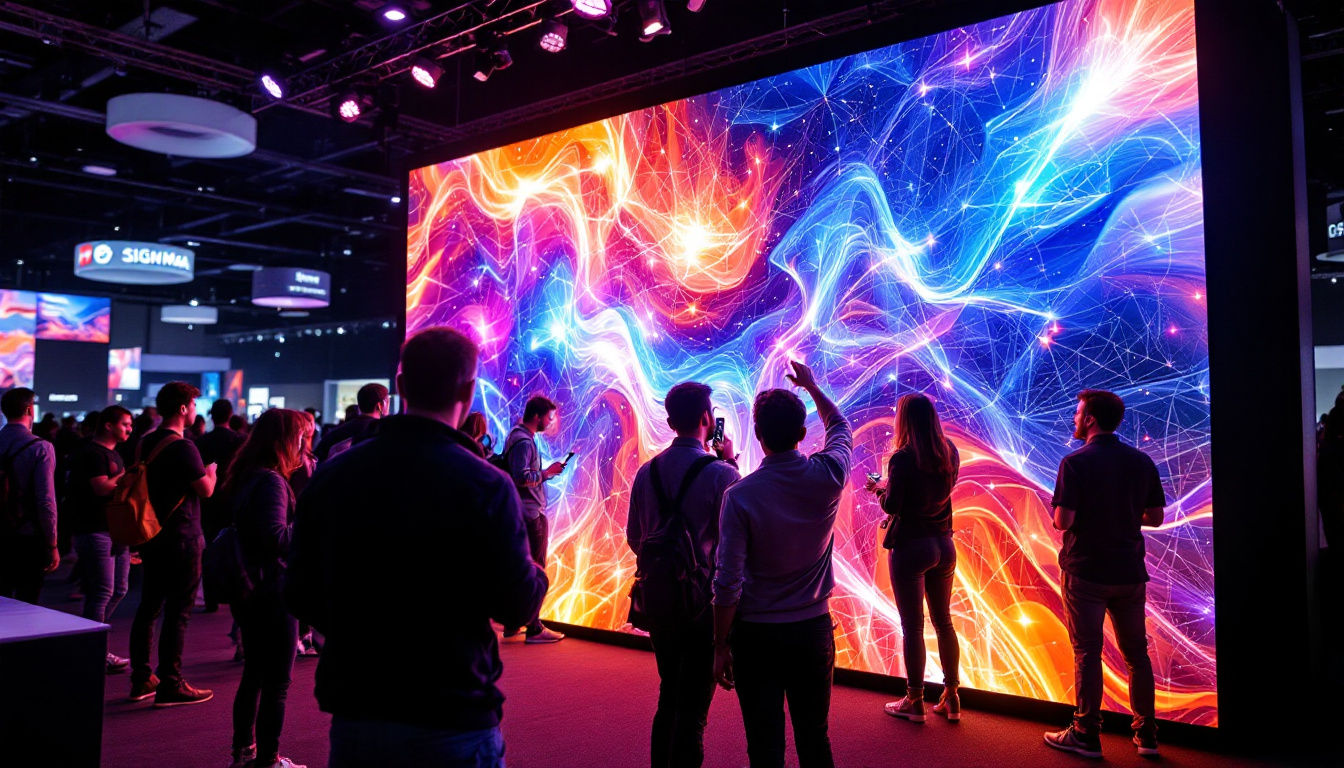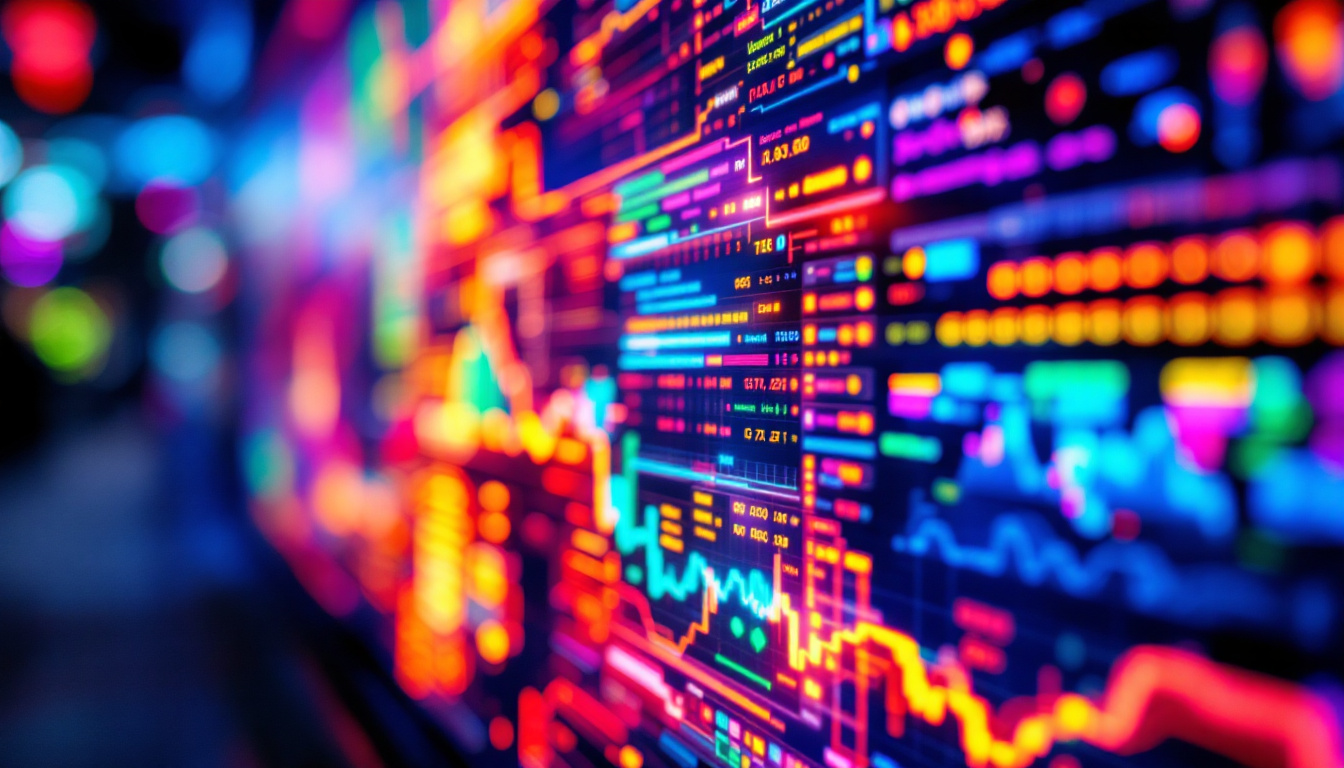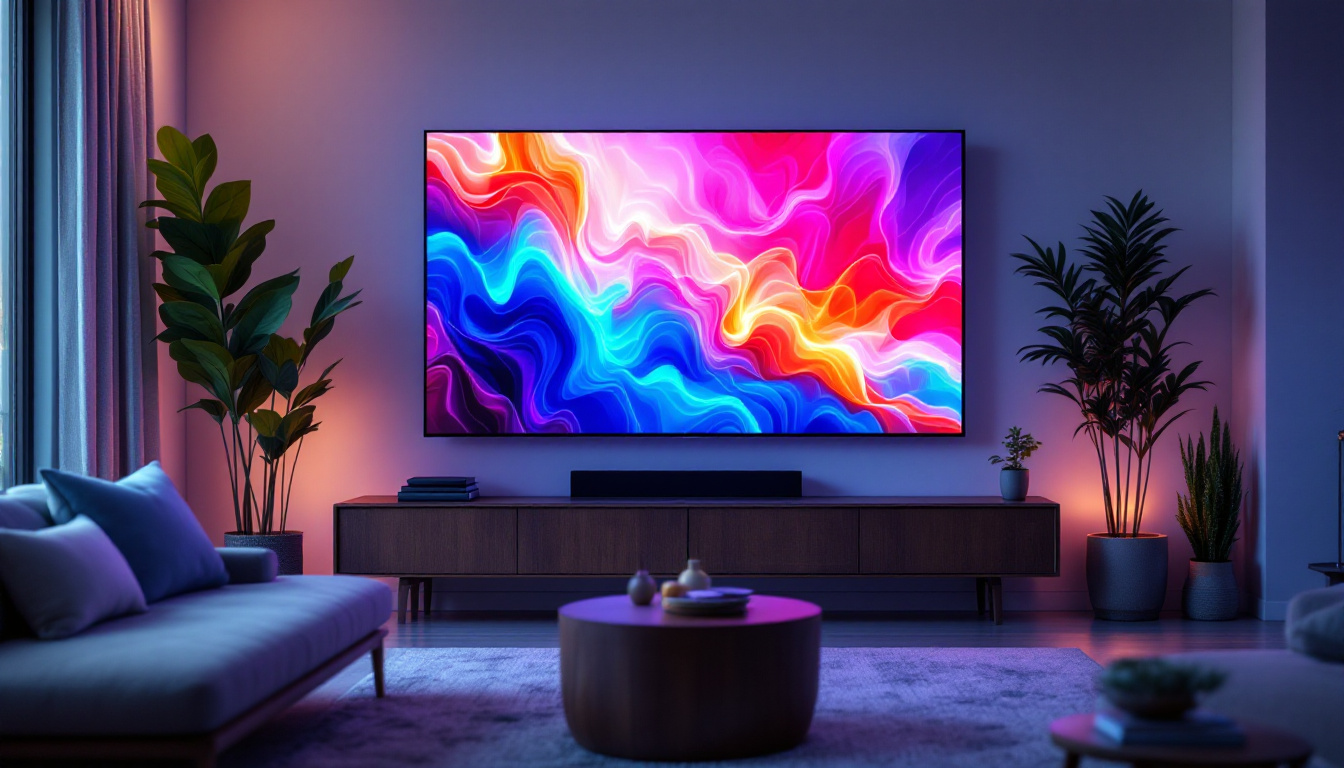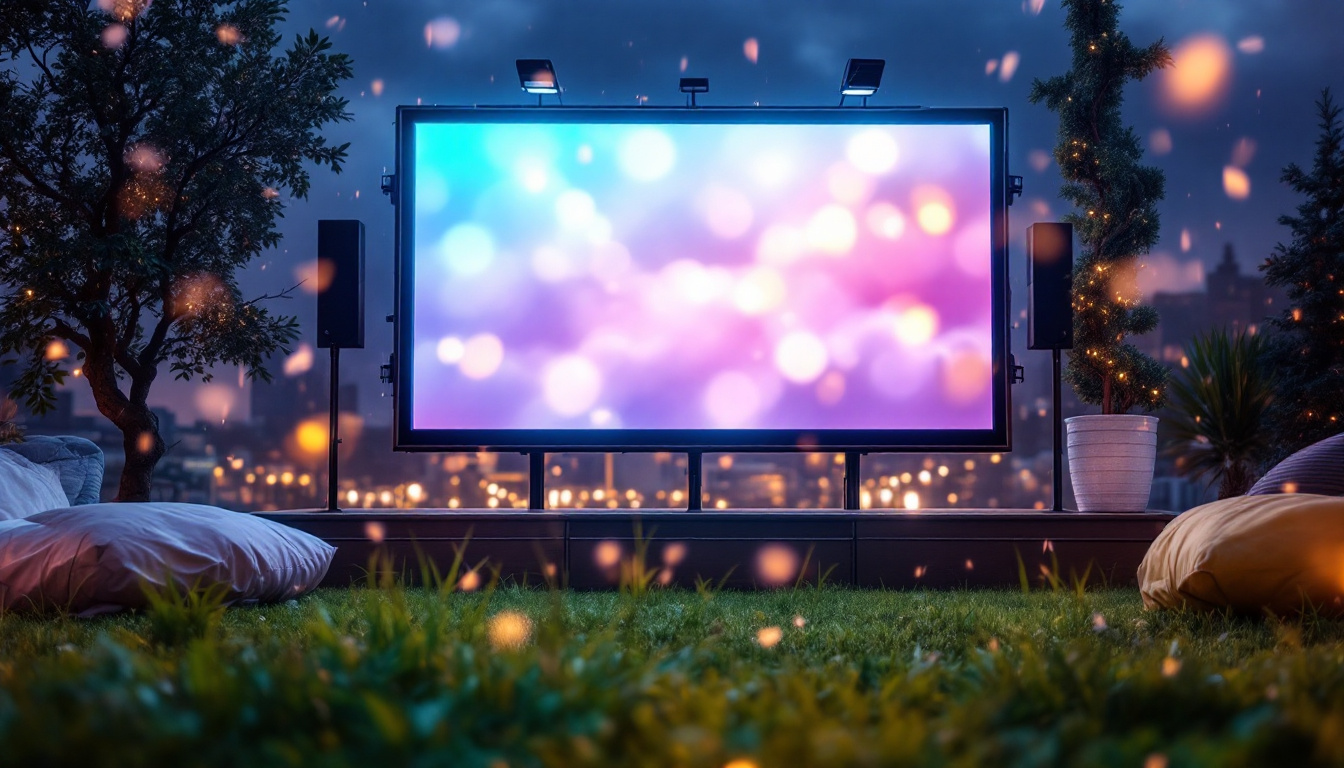In recent years, the evolution of display technology has brought forth remarkable innovations, with flexible LED displays leading the charge. These displays have transformed the way information is presented across various industries, from advertising to architecture. This article delves into the intricacies of flexible LED technology, exploring its benefits, applications, and future potential.
Understanding Flexible LED Technology
Flexible LED displays are made up of light-emitting diodes (LEDs) arranged on a flexible substrate. This unique design allows the display to bend, curve, and even roll, offering unprecedented versatility compared to traditional rigid displays. The flexibility of these screens opens up a world of creative possibilities, enabling designers and engineers to think outside the box. From curved signage in retail spaces to dynamic art installations, flexible LED technology is revolutionizing how visual information is presented and experienced.
Moreover, the adaptability of flexible LED displays is not just limited to their physical form; they can also be integrated with various smart technologies. This integration allows for interactive features, such as touch sensitivity and motion detection, enhancing user engagement. As a result, flexible LED displays are increasingly being used in immersive environments, such as museums and exhibitions, where they can create captivating experiences that draw in visitors and keep them engaged.
How Flexible LED Displays Work
At the core of flexible LED technology is the use of organic light-emitting diodes (OLEDs) or traditional LEDs mounted on a flexible material, such as plastic or metal. This construction allows the display to maintain its functionality while being manipulated into various shapes. When an electric current passes through the diodes, they emit light, which can be controlled to display images, videos, or text.
The pixel density and resolution of flexible LED displays can vary significantly, depending on the intended application. high-resolution displays are ideal for close viewing distances, such as in retail environments, while lower resolution displays may be suitable for larger installations viewed from afar. Additionally, advancements in technology have led to improvements in color accuracy and brightness, making these displays not only versatile but also visually stunning. This means that flexible LED displays can be used in a wider range of lighting conditions, from dimly lit galleries to brightly illuminated outdoor settings.
Key Features of Flexible LED Displays
Several features distinguish flexible LED displays from their traditional counterparts. These include:
- Curvability: The ability to bend and shape the display makes it suitable for unconventional installations.
- Lightweight: Flexible displays are generally lighter than traditional LED panels, making them easier to install and transport.
- Thin Profile: Their slim design allows for seamless integration into various environments.
- Energy Efficiency: Many flexible LED displays are designed to consume less power compared to traditional displays, making them more environmentally friendly and cost-effective over time.
- Durability: The materials used in flexible LED displays are often more resistant to impact and environmental factors, ensuring a longer lifespan and reduced maintenance costs.
Applications of Flexible LED Displays
The versatility of flexible LED displays has led to their adoption across a multitude of sectors. Here are some notable applications:
Advertising and Marketing
In the advertising realm, flexible LED displays have revolutionized the way brands communicate with consumers. Their ability to conform to various shapes and surfaces allows for eye-catching advertisements that stand out in crowded environments. From storefronts to trade shows, these displays can be used to create dynamic marketing campaigns that capture attention. Moreover, the integration of interactive elements, such as touch-sensitive technology, enables brands to engage consumers in a more meaningful way, fostering a memorable experience that encourages interaction and brand loyalty.
Architectural Installations
Architects and designers are increasingly incorporating flexible LED displays into their projects. These displays can be integrated into building facades, interior walls, and even furniture. By doing so, they create stunning visual experiences that enhance the aesthetic appeal of a space while providing functional information. Additionally, the use of flexible LED technology allows for the creation of responsive environments where displays can change based on the time of day or the presence of individuals, thus creating a dynamic atmosphere that adapts to the needs of its occupants.
Entertainment and Events
In the entertainment industry, flexible LED displays are used to create immersive experiences at concerts, festivals, and theatrical performances. Their ability to adapt to various shapes allows for innovative stage designs and captivating visual effects that enhance the overall experience for the audience. Furthermore, these displays can be synchronized with audio elements, creating a multi-sensory experience that captivates viewers. As technology continues to evolve, we can expect to see even more advanced applications, such as augmented reality overlays that further blur the lines between digital and physical realms, making performances even more engaging and memorable.
Advantages of Flexible LED Displays
Flexible LED displays offer several advantages over traditional display technologies, making them a preferred choice for many applications. Some of these benefits include:
Enhanced Creativity
The flexibility of these displays encourages creativity in design and installation. Designers can explore unconventional shapes and configurations that were previously impossible with rigid displays. This opens up new avenues for artistic expression and functional design. For instance, curved displays can wrap around architectural features, creating immersive environments that engage viewers in a unique way. Additionally, flexible LEDs can be integrated into various surfaces, such as walls, ceilings, and even furniture, allowing for seamless integration into any space.
Cost-Effectiveness
While the initial investment in flexible LED technology may be higher than traditional displays, the long-term benefits often outweigh the costs. These displays are energy-efficient, have a longer lifespan, and require less maintenance, leading to reduced operational costs over time. Moreover, their durability means they can withstand harsh conditions, making them suitable for both indoor and outdoor settings. This resilience not only prolongs their lifespan but also minimizes the frequency of replacements, further enhancing their cost-effectiveness in the long run.
Improved Visibility
Flexible LED displays can deliver high brightness levels and excellent color accuracy, ensuring visibility even in bright environments. This makes them ideal for outdoor applications, where traditional displays may struggle to compete with sunlight. The ability to maintain clarity and vibrancy in various lighting conditions is crucial for advertising and informational displays that need to capture attention quickly. Furthermore, advancements in technology have led to the development of displays that can adjust their brightness automatically based on ambient light, ensuring optimal visibility at all times.
Lightweight and Portable
Another significant advantage of flexible LED displays is their lightweight nature, which makes them easy to transport and install. Unlike traditional displays that can be cumbersome and require extensive support structures, flexible LEDs can be mounted on a variety of surfaces with minimal effort. This portability is particularly beneficial for events, exhibitions, and temporary installations where quick setup and takedown are essential. Additionally, the lightweight design reduces the strain on mounting hardware and structures, allowing for more innovative installation methods that can enhance the overall aesthetic of the display.
Eco-Friendly Options
As sustainability becomes increasingly important in technology, flexible LED displays are paving the way for eco-friendly solutions. Many manufacturers are focusing on creating displays that use recyclable materials and are designed to consume less power. This not only reduces the carbon footprint associated with their production and operation but also appeals to environmentally conscious consumers and businesses. By choosing flexible LED technology, organizations can demonstrate their commitment to sustainability while benefiting from cutting-edge display solutions that align with modern environmental standards.
Challenges and Considerations
Despite their numerous advantages, flexible LED displays also face challenges that must be addressed for broader adoption. Understanding these challenges is crucial for stakeholders in the industry.
Durability
While flexible LED displays are designed to be robust, they can be more susceptible to damage than traditional rigid displays. The materials used in their construction must be carefully selected to ensure they can withstand environmental factors and physical stress without compromising performance.
Cost of Production
The manufacturing process for flexible LED displays can be more complex than that of traditional displays, leading to higher production costs. As technology advances and production methods improve, it is expected that these costs will decrease, making flexible displays more accessible.
Market Competition
The rapid evolution of display technology means that flexible LED displays face competition from other emerging technologies, such as microLED and quantum dot displays. Staying ahead in innovation and performance will be essential for flexible LED manufacturers to maintain their market position.
The Future of Flexible LED Displays
The future of flexible LED displays looks promising, with ongoing research and development paving the way for new advancements. As technology continues to evolve, several trends are likely to shape the future landscape of flexible displays.
Integration with Smart Technology
As smart technology becomes increasingly prevalent, the integration of flexible LED displays with IoT devices and smart systems is expected to rise. This will enable more interactive and responsive displays that can adapt to user preferences and environmental conditions.
Advancements in Materials
Research into new materials that enhance the performance and durability of flexible displays is ongoing. Innovations such as improved substrates and protective coatings may lead to displays that are not only more resilient but also capable of delivering even higher resolutions.
Sustainability Initiatives
With growing concerns over environmental impact, the display industry is focusing on sustainability. Future flexible LED displays may incorporate eco-friendly materials and energy-efficient technologies, reducing their carbon footprint and promoting a greener approach to display technology.
Conclusion
Flexible LED displays represent a significant leap forward in display technology, offering unparalleled versatility and creative potential. Their applications span various industries, from advertising to architecture, showcasing their ability to adapt to diverse needs. While challenges remain, ongoing advancements and innovations promise a bright future for flexible LED displays.
As technology continues to evolve, the potential for flexible LED displays is boundless. By embracing this innovative technology, businesses and creators can unlock new possibilities, transforming the way information is presented and experienced.
Discover the Future of LED Displays with LumenMatrix
Ready to elevate your visual communication and create immersive experiences that captivate and engage? LumenMatrix is at the forefront of LED display innovation, offering a diverse range of solutions tailored to meet your unique needs. From Indoor and Outdoor LED Wall Displays to specialized options like Vehicle, Sports, and Floor LED Displays, our technology is designed to bring your vision to life. Embrace the future with Custom, All-in-One, and Transparent LED Displays that set new standards in clarity and impact. Check out LumenMatrix LED Display Solutions today and transform the way you share your message with the world.

